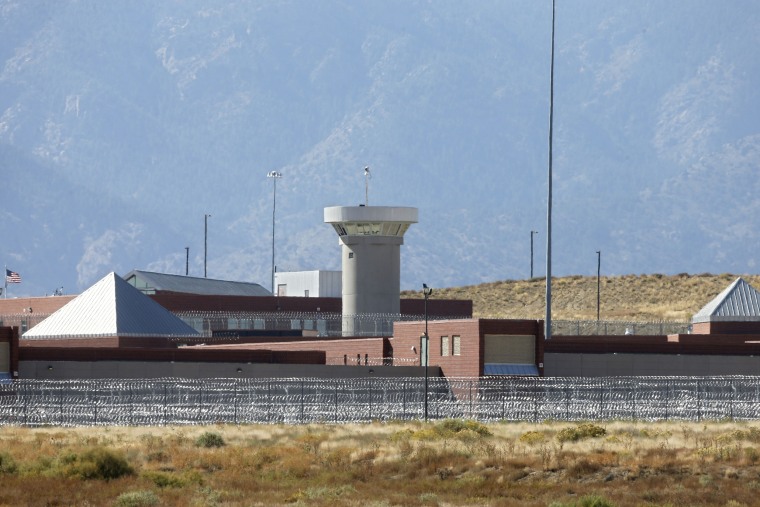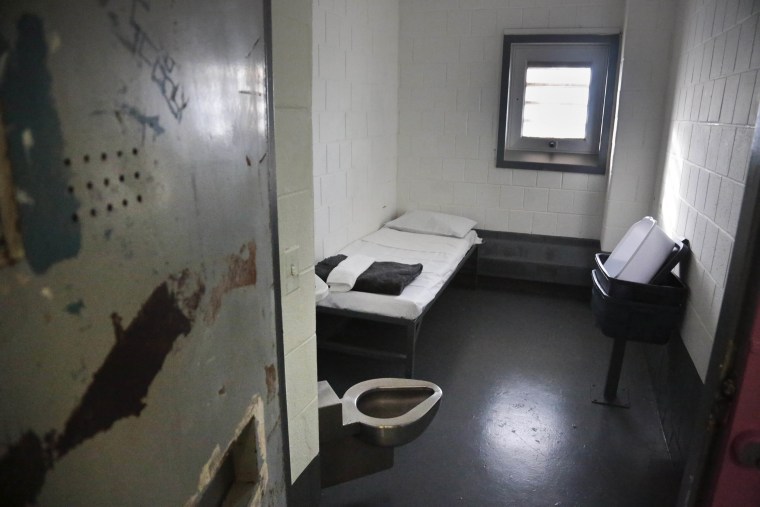The federal Bureau of Prisons is doing a poor job of treating and keeping track of inmates who suffer from mental illness, often placing them in isolation for long periods of time, a practice that can exacerbate their problems, investigators have found.
The practice closely resembles solitary confinement, although the Bureau of Prisons, or BOP, says it doesn't recognize the term and denies its existence within the federal prison system ─ even as some employees and former top officials have described it that way, investigators from the Justice Department's Office of Inspector General said in a report released Wednesday.
The BOP has known for years that it has had a problem. It has reduced its reliance on what it calls "restrictive housing," and in 2014 it implemented policies to improve the care of mentally inmates.

But because of a shortage in medical staff, that change actually had the opposite effect, with the number of inmates being treated for mental illness dropping by 30 percent, the investigators found.
And it remains difficult to determine exactly how many mentally ill inmates are doing time in single-cell confinement, because the BOP doesn't fully document who has mental illness or the number of inmates kept in those conditions, according to the report.
The BOP has provided widely varied accounts of the number of federal inmates with mental illness, from 3 percent to 40 percent, the investigators found.
By comparison, the National Association of Mental Illness estimates that, among the general public, about 18.5 percent of U.S. adults experiences mental illness in a given year.
The BOP referred requests for comment to its official response in the report itself. In that response, the agency agreed to change many of its policies on restrictive housing and the mentally ill, including limiting time in isolation, better documenting such cases and hiring more medical staff.
The inspector general's investigators estimated that as of June 2016, 9,749 inmates, or 7 percent of the total inmate population at the time, were housed in the BOP's three largest types of restrictive housing: "special housing units" in place at 111 prisons, "special management units" at two maximum-security prisons in Pennsylvania and the so-called "Supermax" prison in Florence, Colorado.
They focused, in particular, on the Pennsylvania prisons, Lewisburg and Allenwood, and found that mentally ill inmates averaged about 29 months consecutively, mostly for non-disciplinary reasons, including their own protection. About 13 percent of those inmates were then "released by the BOP directly into the community," according to the report.
The investigators interviewed officials in eight state corrections departments and found that three states limited restricted housing stays to 30 days, while three others had stopped placing seriously mentally ill inmates in restrictive housing at all.

